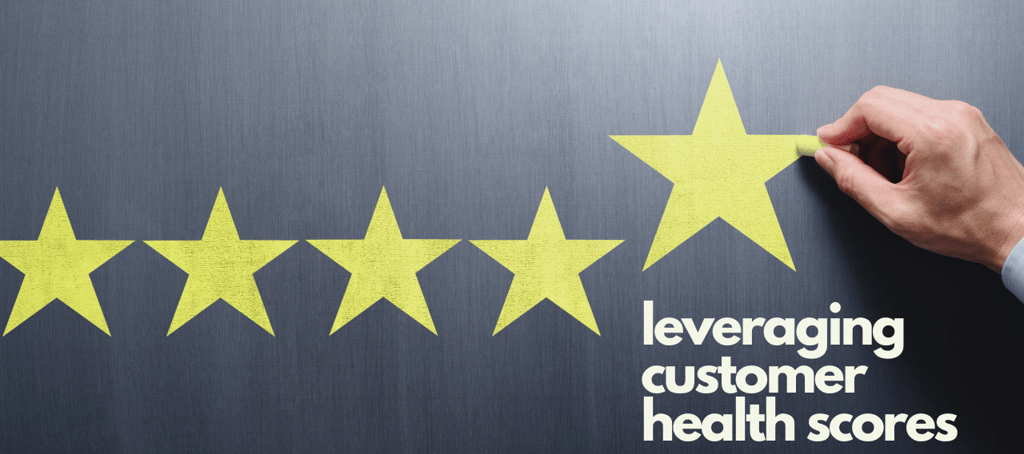How to Use Customer Health Scores for Predicting (and Preventing) Churn
Learn how to use customer health scores to predict and prevent churn. Discover key metrics, proactive measures, and best practices to enhance customer retention and drive long-term business success.
CUSTOMER EXPERIENCE
Joseph Loria
7/16/20242 min read


One of the biggest challenges for any business, especially early-stage businesses, is retaining customers.
The impact of losing customers isn’t just about losing revenue—it’s also about losing trust and missing out on future growth opportunities.
But what if you could predict which customers you are at risk of losing?
What if you knew what steps to take to keep their business?
With the right customer metrics and health scoring system, you can detect early warning signs of customers at risk and get the insights you need to act before it’s too late.
Let’s dive into how customer health scores predict and prevent churn effectively and how you can get started today.
Understanding Customer Health Scores
Customer health scores are the vital signs of a business.
Like a doctor monitoring blood pressure and heart rate to assess a patient’s health, customer health scores gauge how your customers are doing.
Customer health scoring is a single metric derived from various data points that reflect the overall health of your customer relationships.
A Few Key Metrics Include:
Product Usage: Are your customers using your product regularly?
Engagement Levels: How often do they interact with your support and success teams?
How to Develop Customer Health Scoring
Creating a customer health score system might seem daunting, but you can start with these three simple steps:
Collect Data
Track usage, engagement, feedback, and financials. Ensure that you have the right technology and framework in place to gather data from various touch points, (yes, this includes onboarding as a function).
Create a Scoring Model
Assign weights to each metric based on its importance. For example, you might weigh product usage more heavily than support ticket volume if regular use is crucial for retention.
Automate with Technology:
Use software to keep scores up-to-date. Many CRM systems have built-in tools to assist you and automate aspects of this process.
Predicting Client Churn
Customer health scores help you spot potential problems early.
Take the scenario where a customer’s product usage drops suddenly. This may be a strong indicator that they’re losing interest.
Monitoring these scores in real time allows you to take appropriate actions immediately to rebuild that interest and prevent the customer from leaving.
Preventing Churn with Proactive Measures
Identifying at-risk customers is one thing; taking the appropriate action is another.
Proactive Measures to prevent churn include:
Personalized Outreach: Tailor your approach based on the customer’s specific issues. Personalized emails, calls, or meetings can address their concerns directly.
Customer Success Programs: Engage customers with additional training or support. Offer webinars, workshops, or one-on-one sessions to help them maximize their use of your product.
Feedback Loops: Continuously gather and act on feedback to improve their experience. Show customers that you value their input by making tangible changes based on their suggestions.
Other Best Practices for Predicting and Preventing Churn
To make the most of customer health scores, consider these best practices:
Update Regularly: Ensure your data is current to reflect the most accurate picture of customer health.
Collaborate Across Teams: Involve sales, support, and customer success teams in monitoring and addressing health scores.
Refine Continuously: Regularly review and adjust your scoring model to ensure it remains relevant and effective.
Client churn is an unfortunate certainty for any business.
But, by implementing a strong health scoring system and taking necessary proactive measures, you can significantly reduce customer churn and drive long-term business success.
Remember, predicting and preventing churn is about understanding your customers deeply and acting on the insights you gather.
